

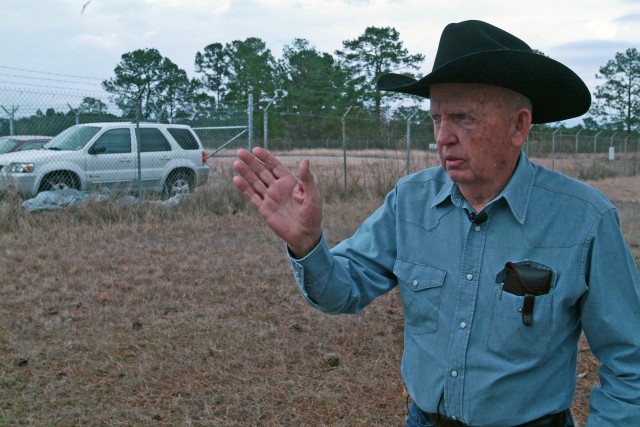

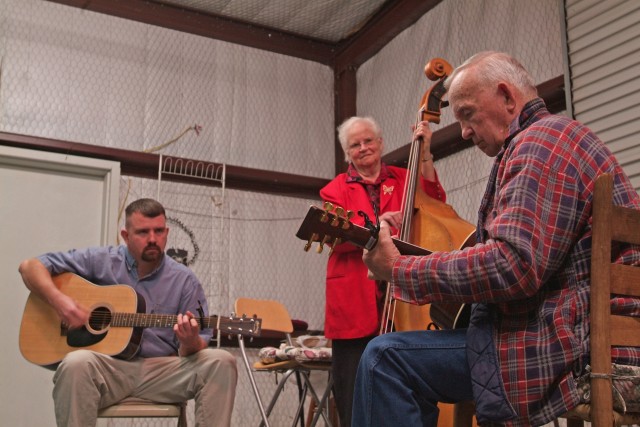
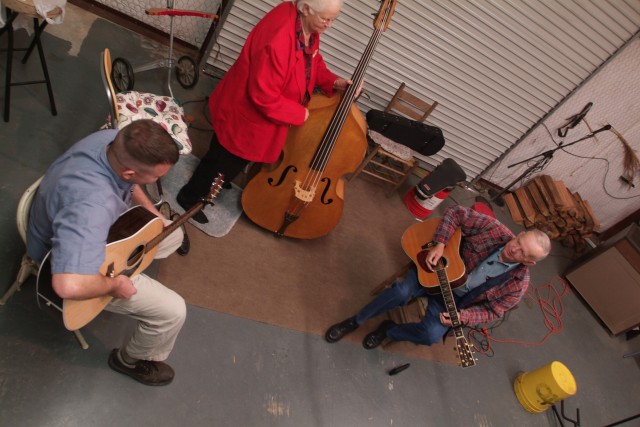


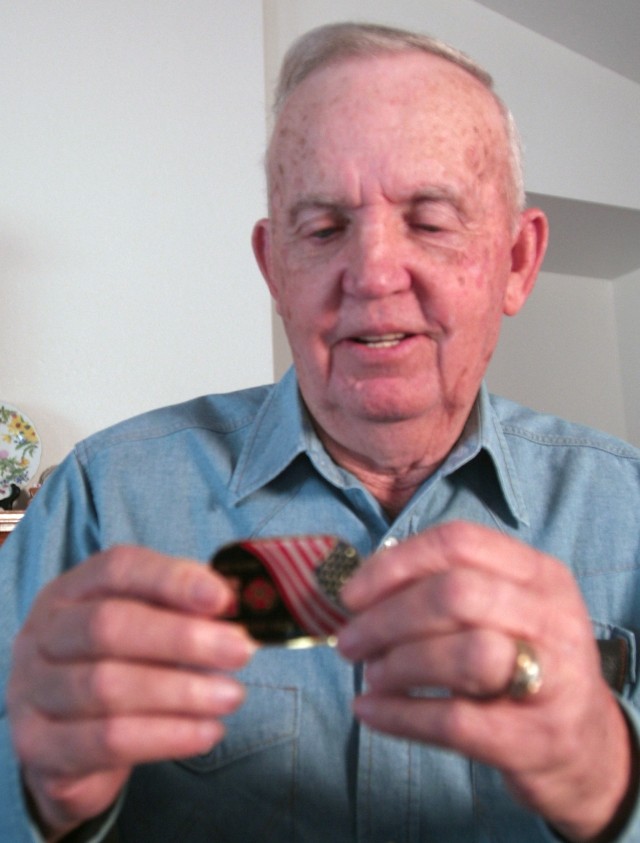
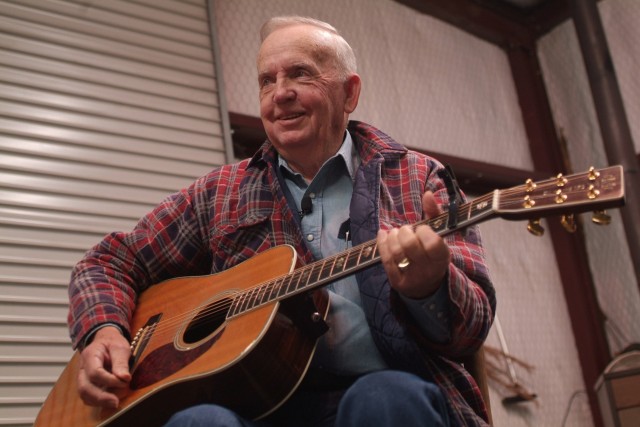






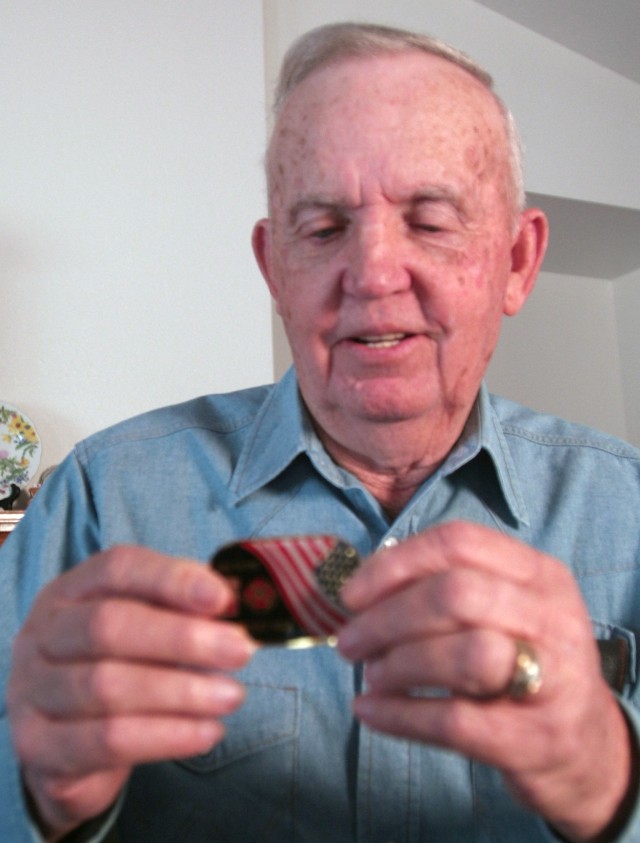

By James Williams (interview) and Neal Snyder (photos)April 17, 2008



















Fred Cryer

Danny and Alvin

Fred Cryer

Fred Cryer

Bluegrass with Danny, Lucille and Fred

Bluegrass with Danny, Lucille and Fred

Memorial

Fred Cryer plays bluegrass

Fred Cryer's Coin

Fred Cryer

Danny and Alvin

Fred Cryer

Bluegrass with Danny, Lucille and Fred

Memorial

Ralph Deason

Fred Cryer plays bluegrass

Fred Cryer's Coin

Memorial
Social Sharing